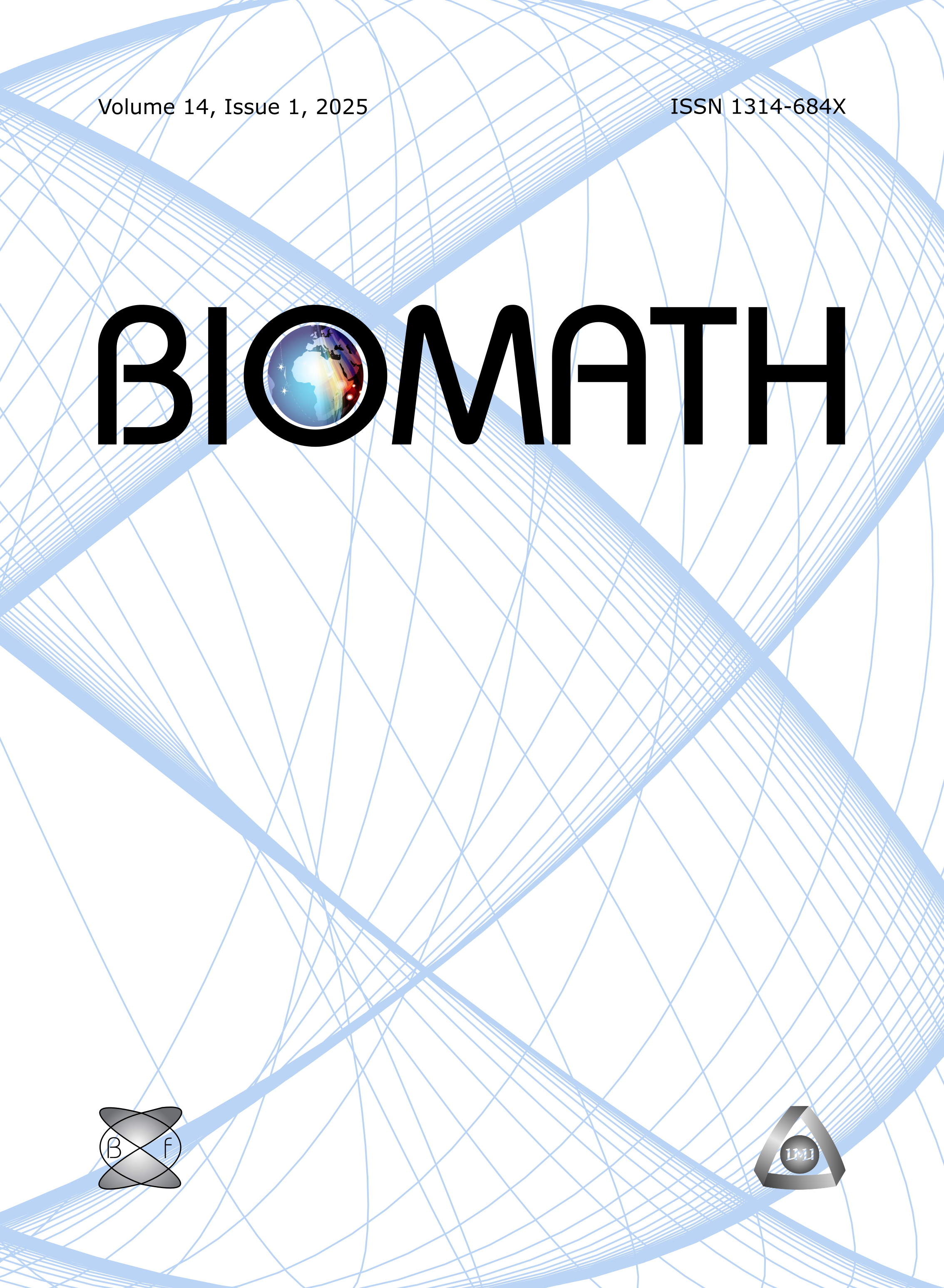Qualitative effects of introducing nonlinear birth and death rates for the predator in a predator-prey type model
DOI:
https://doi.org/10.11145/j.biomath.2017.03.167Abstract
In this paper, we study how introducing nonlinear birth and death rates for the predator might affect the qualitative behavior of a mathematical model, describing predator-prey systems. We base our investigations on a known model, exhibiting anti-predator behavior. We propose a generalization of the latter by introducing generic birth and death rates for the predator and study the dynamics of the resulting system. We establish existence and uniqueness of positive model solutions, their uniform boundedness, existence, local stability and bifurcations of equilibrium points as well as global stability properties of the solutions. Most of the solution properties are demonstrated numerically and graphically by various numerical examples. Based on the obtained results, we show that the model with nonlinear birth and death rates can describe a much more complex behavior of the predator-prey system than the classical model (i.e., with linear rates) does.
Downloads
Published
Issue
Section
License
The journal Biomath is an open access journal. All published articles are immeditely available online and the respective DOI link activated. All articles can be access for free and no reader registration of any sort is required. No fees are charged to authors for article submission or processing. Online publications are funded through volunteer work, donations and grants.
Authors who publish with this journal agree to the following terms:
- Authors retain copyright and grant the journal right of first publication with the work simultaneously licensed under a Creative Commons Attribution License 4.0 that allows others to share the work with an acknowledgement of the work's authorship and initial publication in this journal.
- Authors are able to enter into separate, additional contractual arrangements for the non-exclusive distribution of the journal's published version of the work (e.g., post it to an institutional repository or publish it in a book), with an acknowledgement of its initial publication in this journal.
- Authors are permitted and encouraged to post their work online (e.g., in institutional repositories or on their website) prior to and during the submission process, as it can lead to productive exchanges, as well as earlier and greater citation of published work (See The Effect of Open Access).

